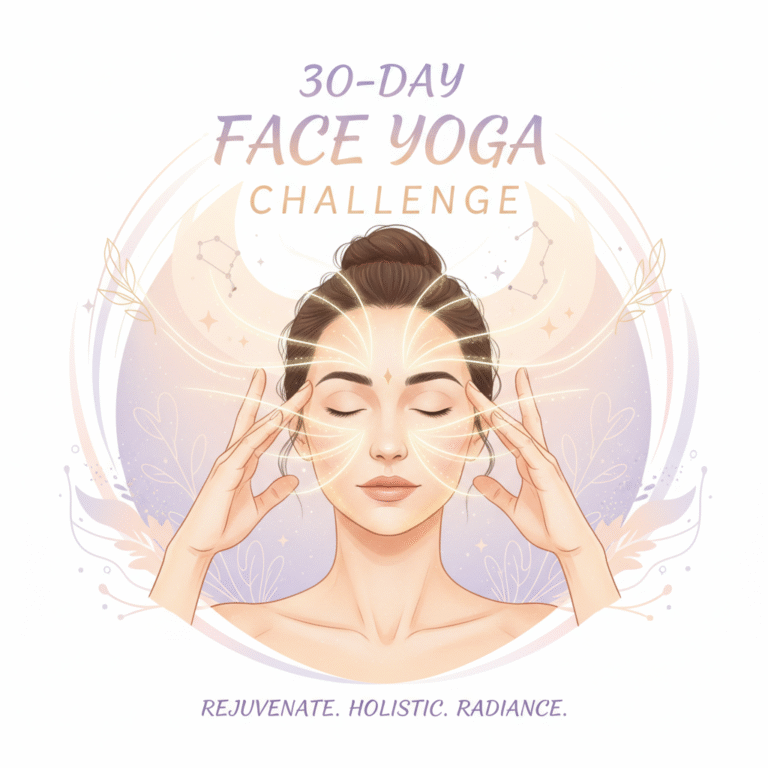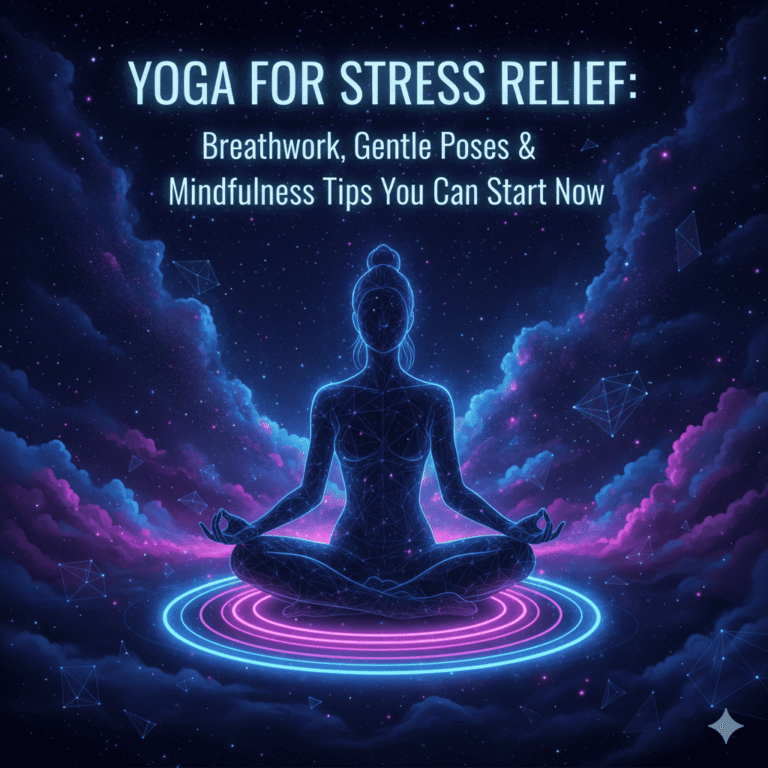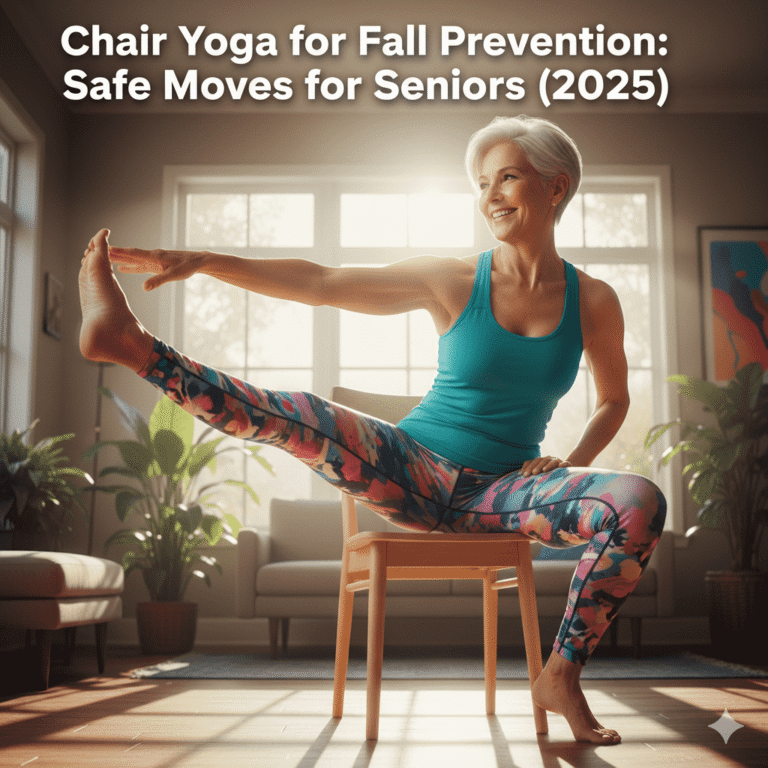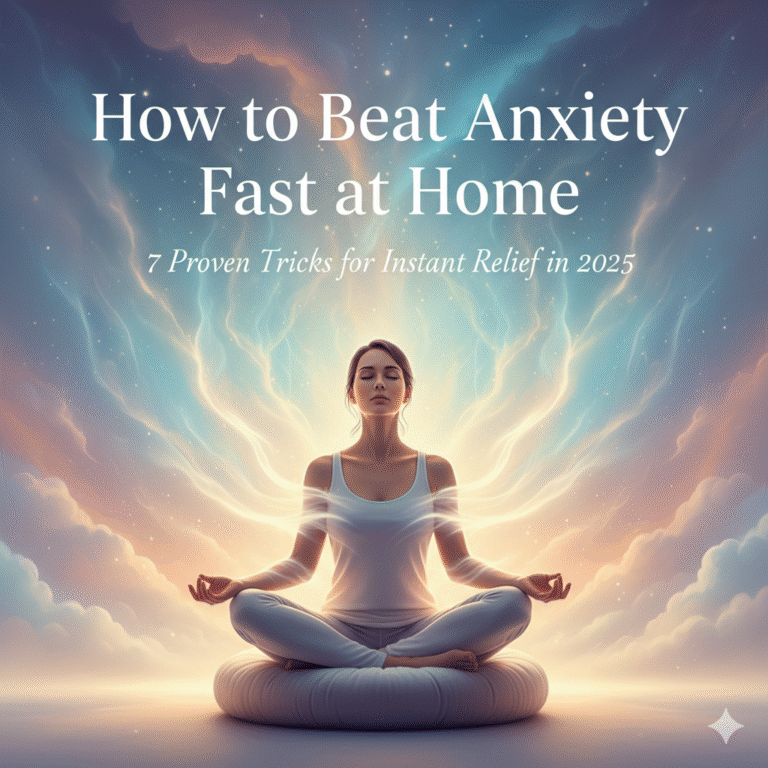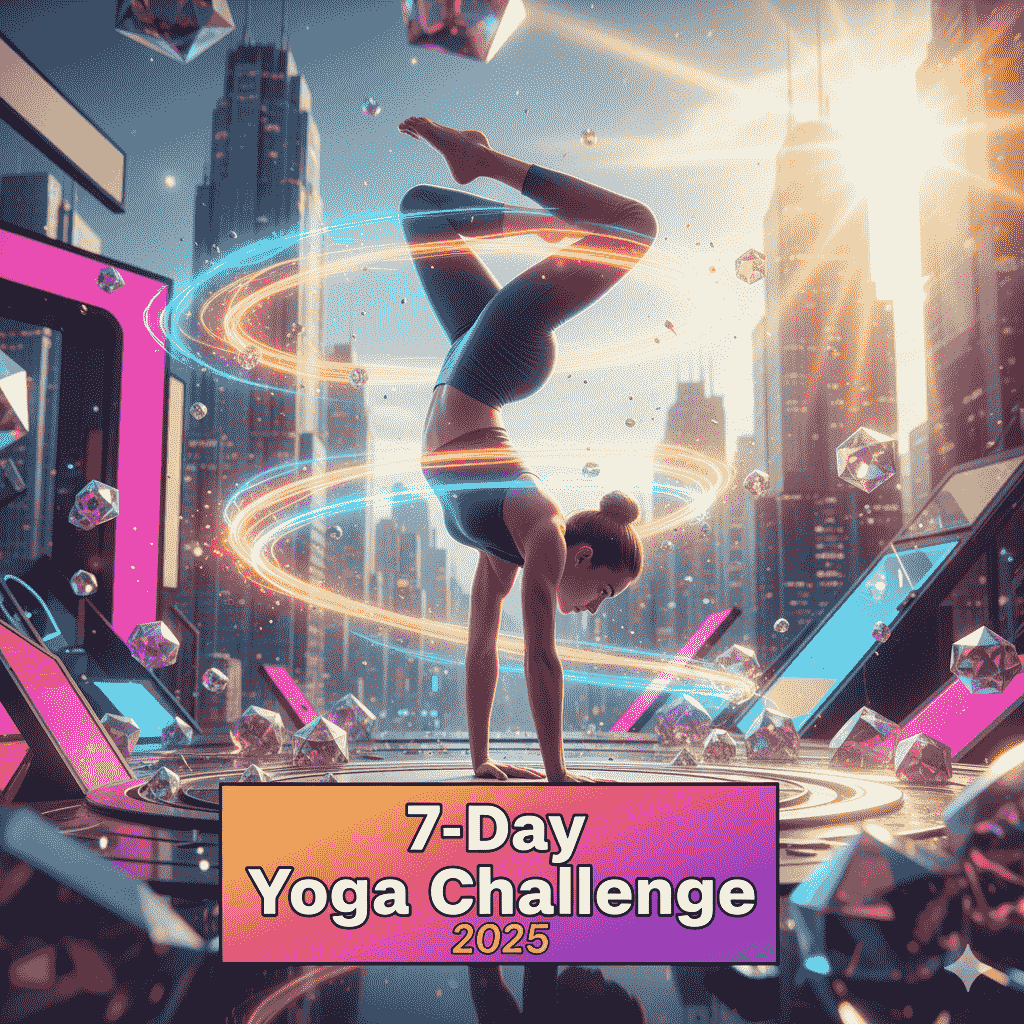
If you’ve ever wanted to try yoga but felt too intimidated to join a class or didn’t know where to begin, this 7-day yoga challenge for beginners is the perfect start. With short daily practices you can do from home, this challenge introduces you to the foundations of yoga without overwhelming you. By following along, you’ll slowly improve flexibility, balance, and strength while learning how to relax both body and mind. The best part? You don’t need a fancy studio, expensive equipment, or even prior experience. All you need is your body, a quiet space, and a few minutes every day.
Why a 7-Day Yoga Challenge Works
The idea behind a yoga challenge for beginners is simple — consistency beats intensity. Instead of trying to master advanced poses in one go, you commit to showing up daily. Over the course of a week, your body adapts, your breathing deepens, and your mind starts craving the stillness that yoga brings. Even if you’re a complete beginner, one week is enough to feel the difference. Stiff muscles begin to loosen, your stress levels lower, and you gain confidence in your ability to move. Many people who start with a short challenge end up continuing for 30 days or more because the results are addictive.
What You’ll Need Before Starting
Before we dive into the plan, here are a few essentials that make your practice smoother:
- A yoga mat or even a non-slip surface
- Comfortable clothes that let you stretch freely
- A water bottle to stay hydrated
- Optional: yoga blocks, strap, or cushion for extra support
Don’t worry if you don’t have props; every pose in this program can be modified using things you already have at home, like a towel or pillow.
How This Challenge is Structured
Each day of this 7 day yoga challenge at home focuses on a specific theme — flexibility, balance, strength, or relaxation. The sessions start at just 15 minutes and gradually extend up to 25 minutes. By the end of the week, you’ll have tried a mix of beginner-friendly poses that can become part of your long-term routine.
Day 1: Awakening the Body
The first day is about gently waking up your muscles and joints. Think of this as an introduction where you move slowly and connect with your breath. Start with Cat-Cow stretches to warm the spine, shift into Child’s Pose for grounding, and then flow into Downward Facing Dog to stretch your back and hamstrings. End with Savasana to rest. By the end of this session, you’ll feel lighter and more aware of how your body moves.
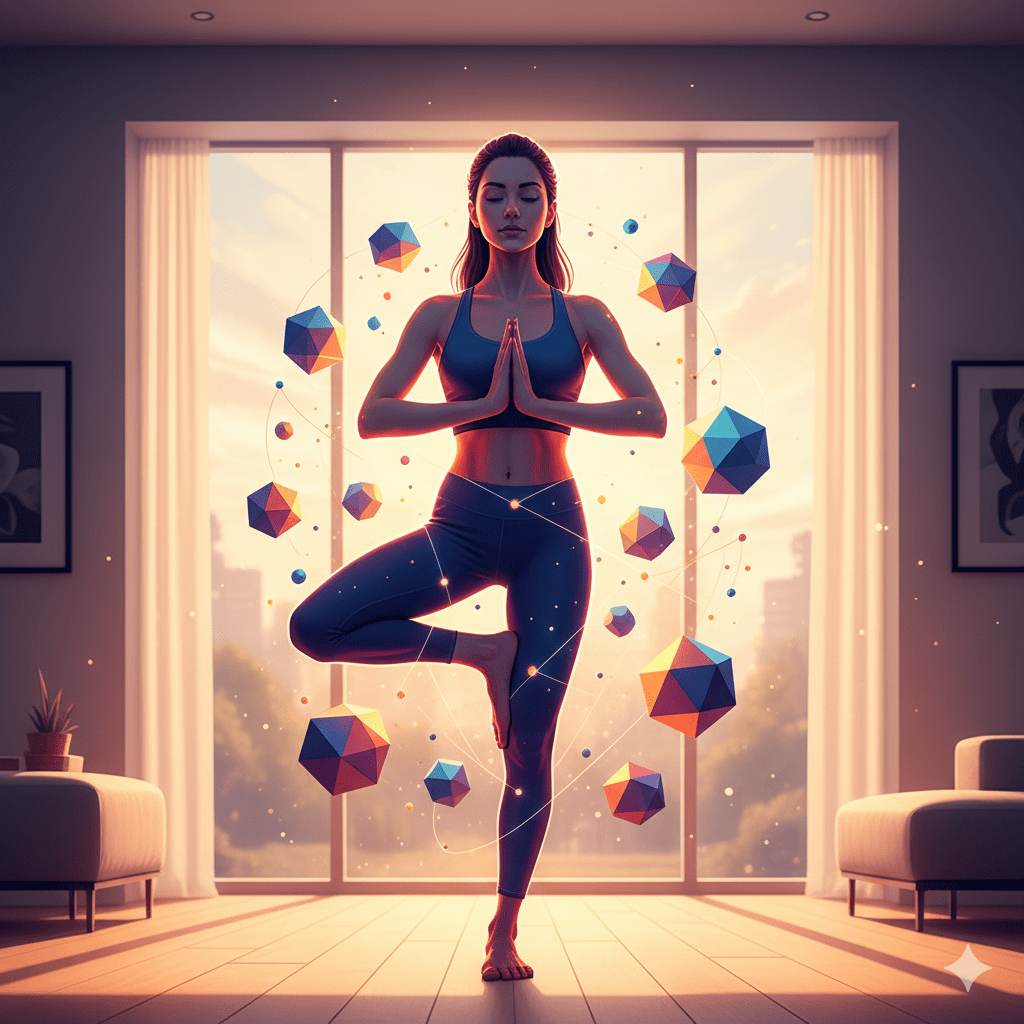
Day 2: Opening the Hips
On the second day, the focus shifts to your hips and lower body, where most beginners hold tightness. Poses like Low Lunge, Warrior II, and Pigeon Pose help increase circulation and release tension from long hours of sitting. Don’t worry about depth; the goal is gentle opening, not forcing flexibility. This day often feels like a relief because tight hips are a common issue in beginners, and even a few minutes of stretching brings noticeable comfort.
Day 3: Strengthening the Core and Upper Body
Day three is slightly more challenging because it introduces Plank variations, Boat Pose, and Cobra Pose. These poses not only strengthen your arms and core but also prepare your body for balance and flow in later sessions. Remember to keep breathing steadily and avoid holding your breath. A strong core improves posture and reduces back pain, making this day especially rewarding.
Day 4: Balance and Stability
By now, your body feels more confident, so it’s time to test stability with balancing poses. Tree Pose, Warrior III, and Eagle Pose train both focus and strength. Don’t worry if you wobble — balancing is about practice, not perfection. Balance also builds mindfulness because you can’t succeed without paying full attention to the present moment. That’s one of the subtle but powerful gifts of yoga.
Day 5: Stretching for Flexibility
This day is about deep stretches. Poses like Seated Forward Fold, Butterfly Pose, and Spinal Twist gently increase flexibility. If your hamstrings or back feel stiff, bend your knees slightly or use a cushion for support.Long holds in these poses encourage your muscles to relax and lengthen, leaving you refreshed and open.
Day 6: Full-Body Flow
The sixth day introduces a more connected sequence, often referred to as Sun Salutations. Here, you move from one pose to another with each breath — inhale up, exhale down. This flowing style builds stamina, links breath with movement, and helps release stress.You don’t need to be perfect; even a basic flow energizes the body and improves coordination. Many people find this day their favorite because it feels meditative yet active.
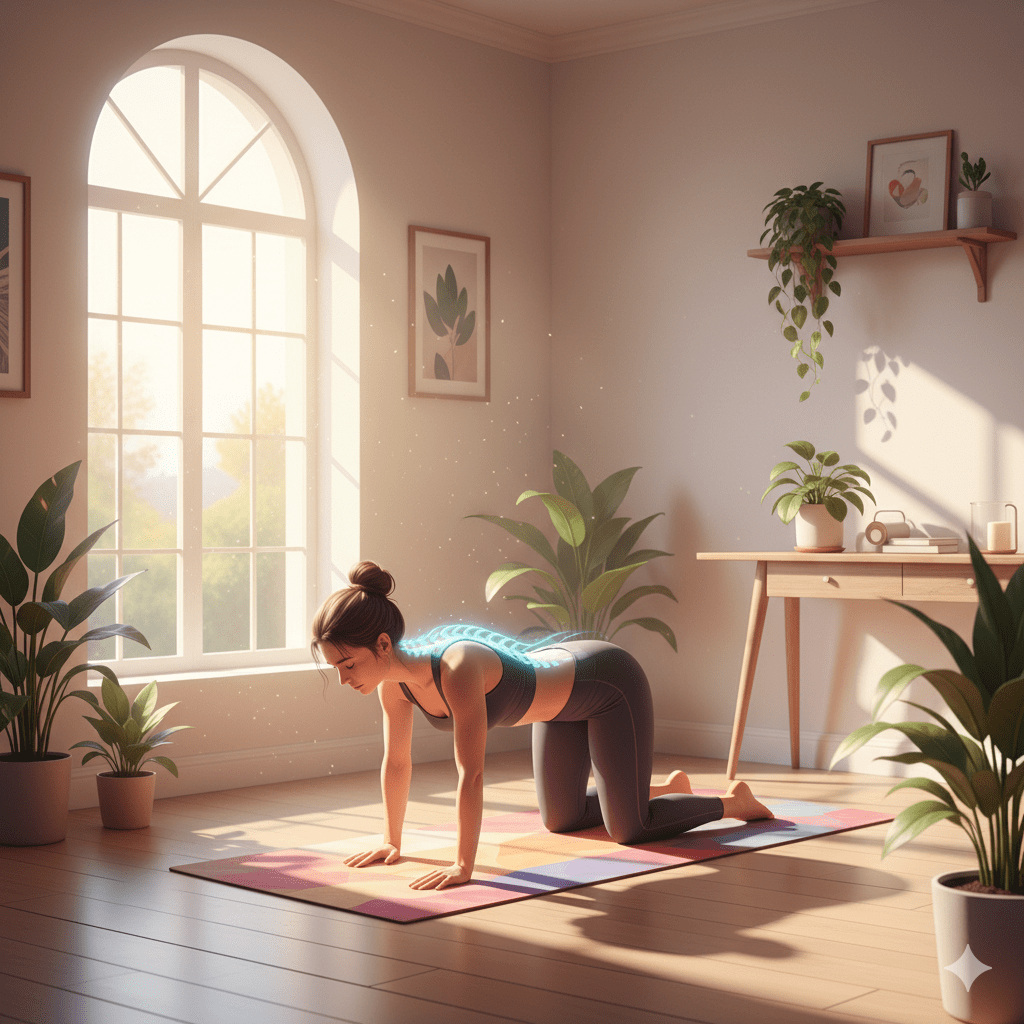
Day 7: Restorative and Reflection
The final day is about slowing down and reflecting on your progress. Poses like Legs Up the Wall, Reclined Butterfly, and Savasana bring calmness and restore energy. This session is slightly longer but extremely gentle. Use this time to journal how you felt during the week. Did you notice less stress? Better sleep? More confidence? Writing down your reflections helps you stay motivated to continue beyond this challenge.
Benefits You Can Expect in Just 7 Days
Here’s the only list in this blog — the key benefits you’ll notice after completing this 7 day yoga challenge for beginners:
- Increased flexibility and reduced stiffness
- Improved posture and stronger core muscles
- Lower stress and deeper relaxation
- Better balance and body awareness
- A foundation for building a consistent yoga habit
Even within a week, small improvements add up and motivate you to continue practicing.
Common Beginner Mistakes and How to Avoid Them
Many beginners push too hard on the first day or skip rest, leading to soreness. Others rush through poses without focusing on breath. Remember, yoga is not a competition. Move at your own pace, modify poses if needed, and focus on progress rather than perfection. Also, don’t skip Savasana, the final relaxation pose. It’s essential because it helps your body integrate the benefits of the practice.
Staying Motivated Through the Challenge
Motivation often dips after the first few days. To keep going:
- Practice at the same time daily, ideally mornings.
- Create a calming space — light a candle, play gentle music.
- Track your journey with photos or a simple journal.
- Invite a friend or family member to join you.
Making yoga part of your routine becomes much easier when you look forward to it as a daily ritual instead of a chore.
Beyond 7 Days: Building a Long-Term Practice
Finishing a 7 day yoga challenge at home is just the beginning. Once you’re comfortable, you can expand into a 30-day challenge, explore styles like vinyasa or restorative yoga, or focus on specific goals such as back pain relief or morning energy flows. Yoga is a lifelong journey, and this week is your first step toward building a habit that supports your health, both physically and mentally.
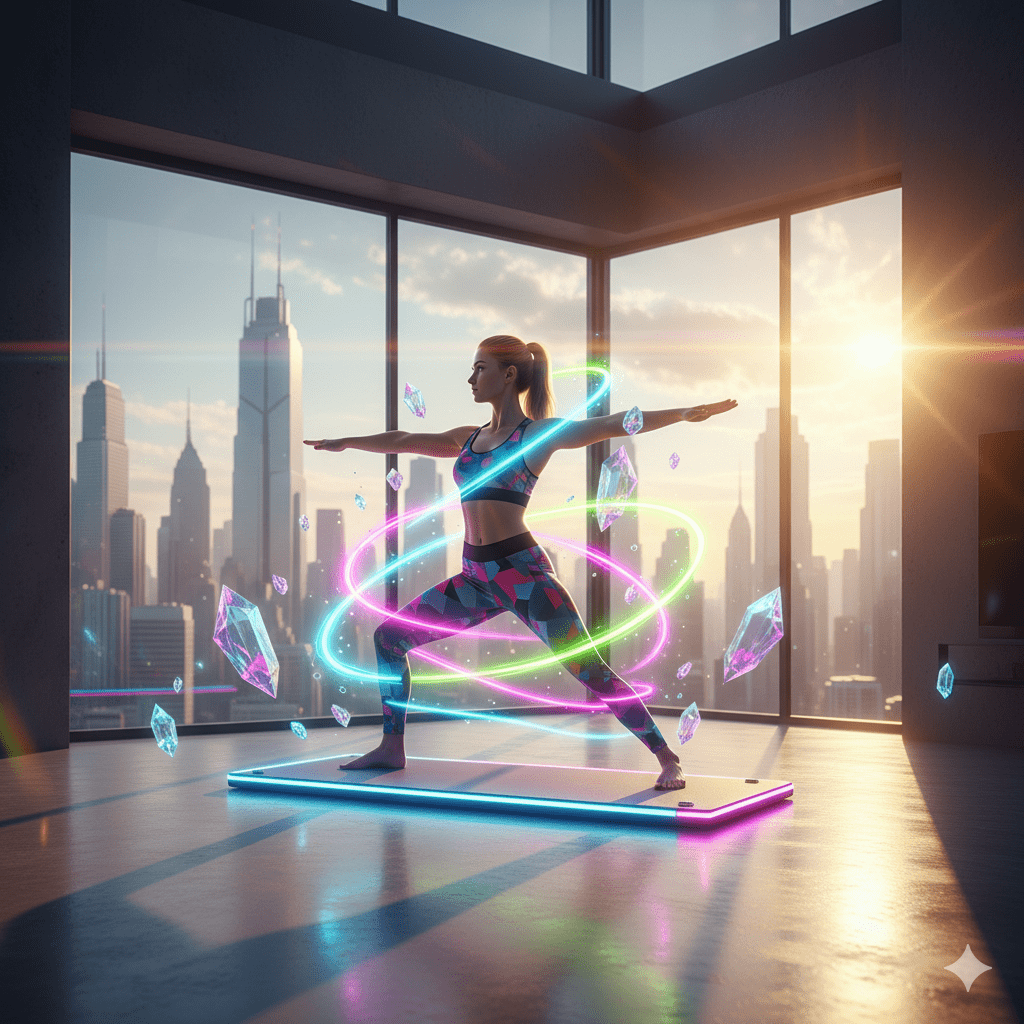
Conclusion
Completing a 7-day yoga challenge for beginners is an incredible achievement. In just one week, you’ve created momentum, built awareness of your body, and discovered how powerful short, simple routines can be.Whether your goal is stress relief, fitness, or simply exploring something new, yoga meets you where you are. Keep showing up, one day at a time, and watch your progress unfold.
How long is each daily session?
Each session lasts 10–25 minutes depending on the day and focus area.
Can I continue after 7 days?
Yes, you can extend into a 30-day program or explore other yoga styles.
What if I miss a day?
Simply pick up where you left off; consistency matters more than perfection.
Do I need special equipment?
No. A yoga mat is optional; you can use household items like towels or cushions for support.

